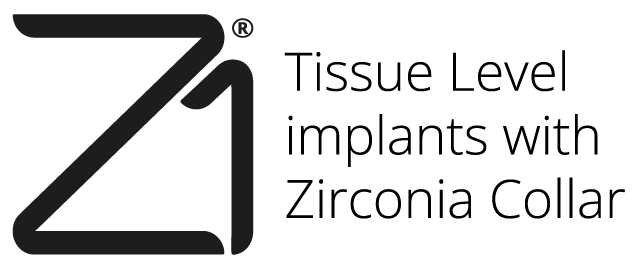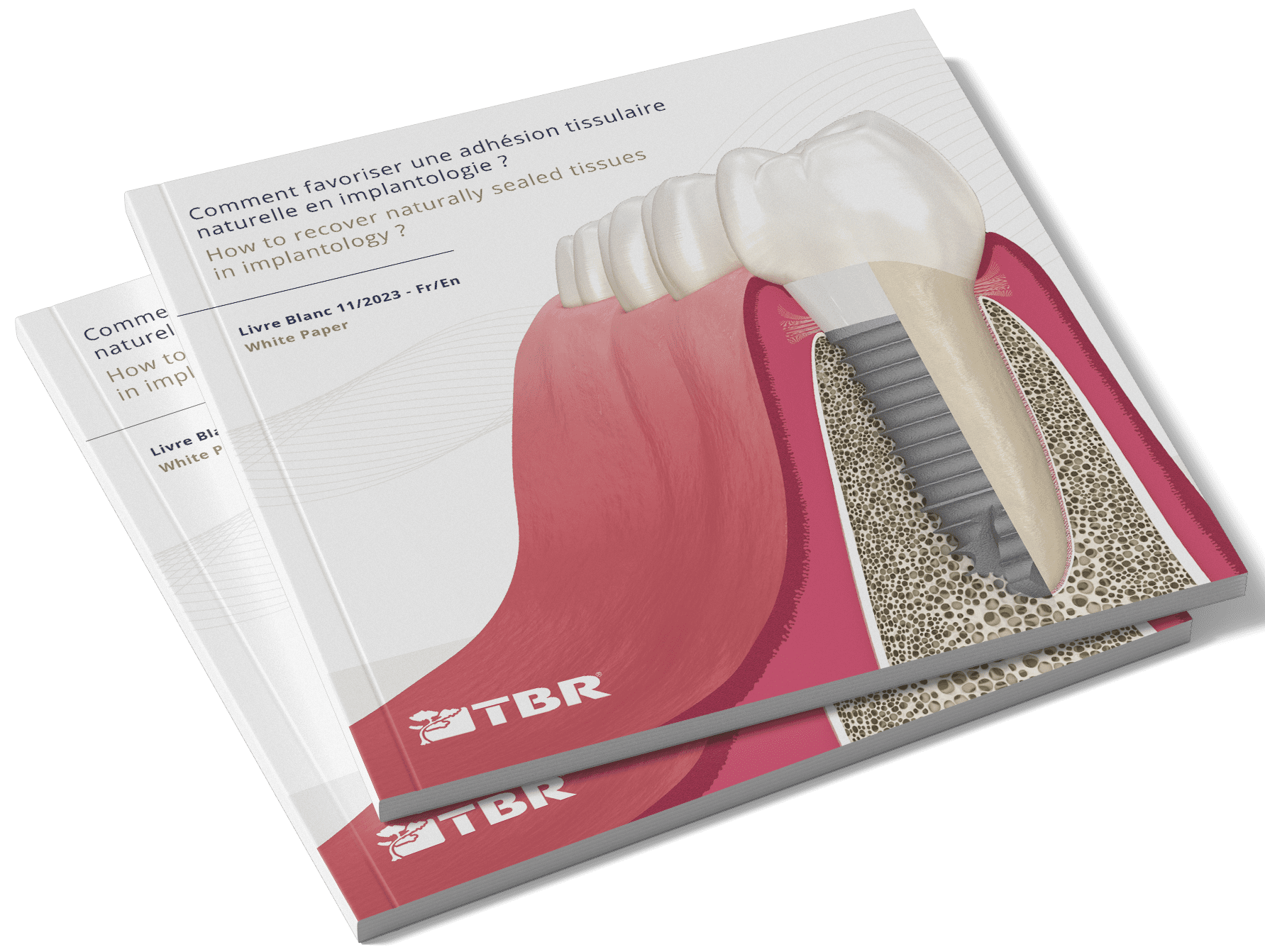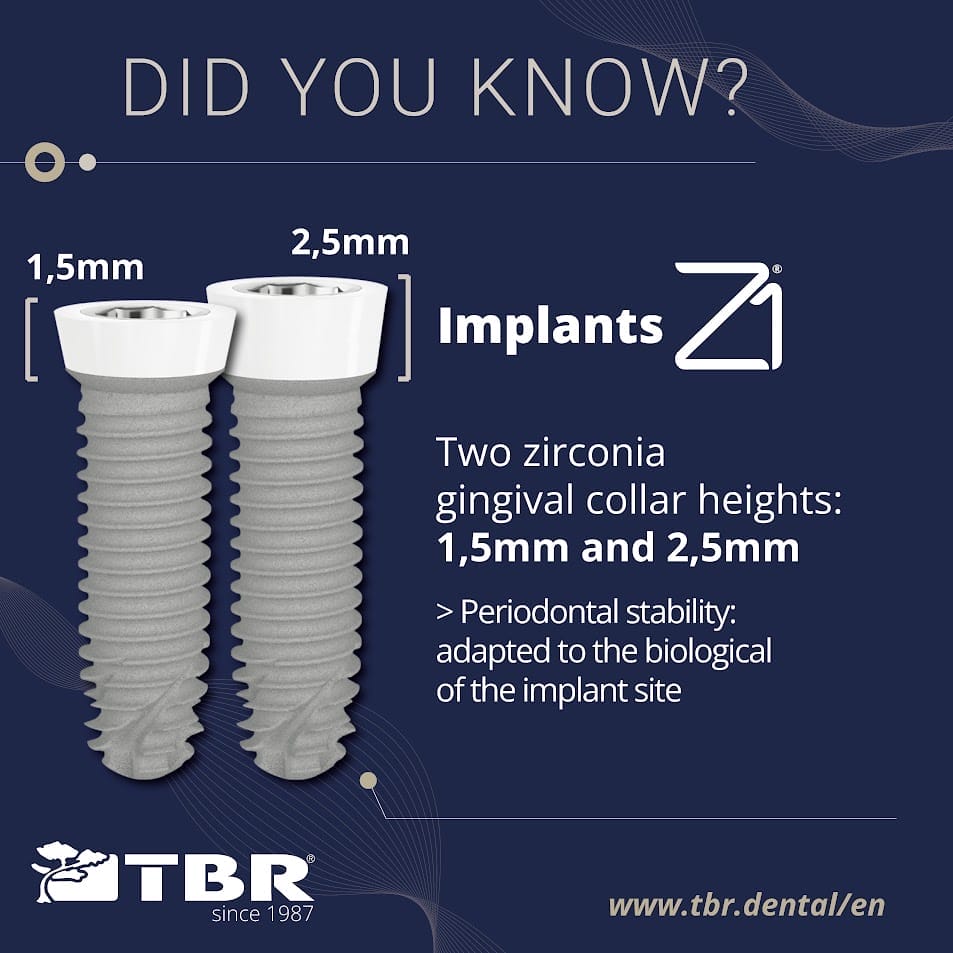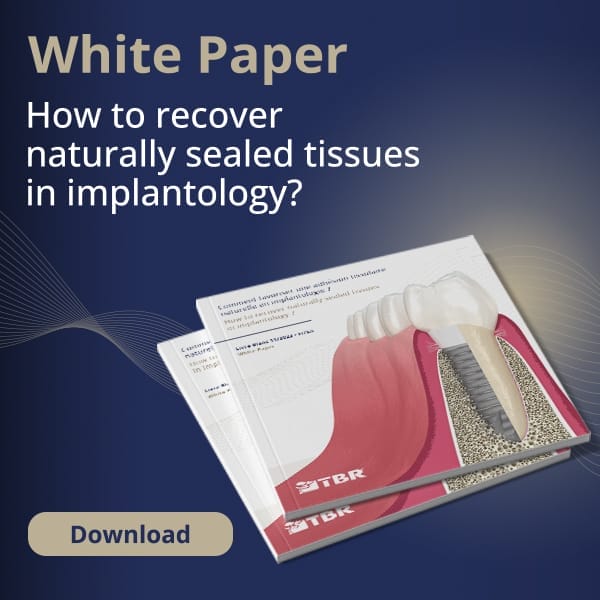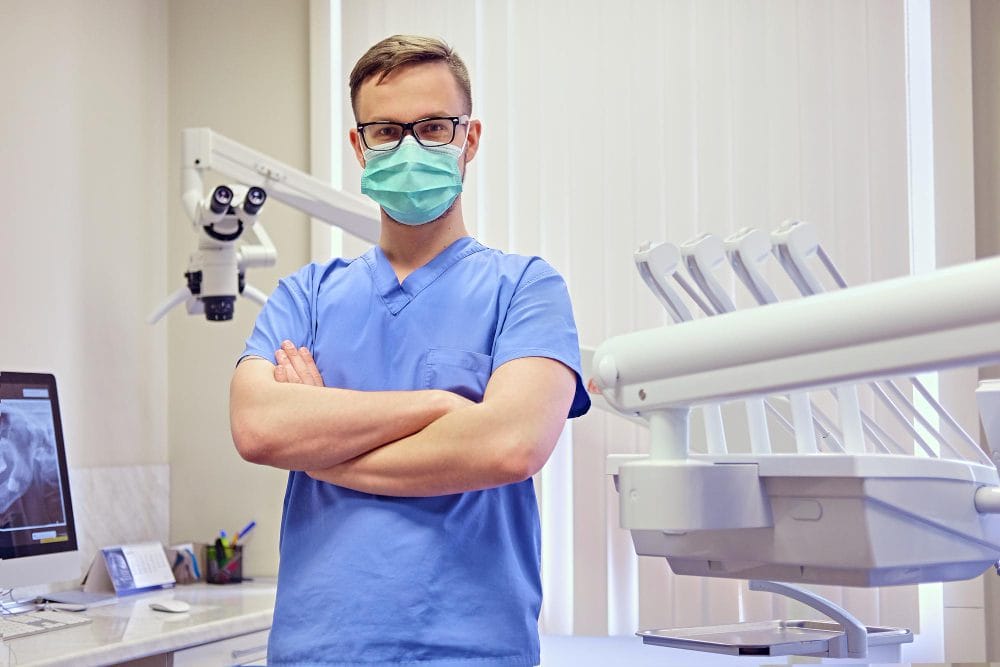A patented technology serving biology
In implantology today, there is a consensus between preserving the health of the biological width and long-term success of implant treatment.
The patented Tissue Level Z1 implant combines a pure titanium body and a zirconia collar. Titanium is the reference material for its flexural strength and its osseointegration capabilities. Zirconia, on the other hand, offers excellent biocompatibility with fibroblasts. This property is particularly important in implantology, as it promotes epithelial and connective adhesion and proliferation, ensuring the stability of the sealed tissues.
In addition, while protecting the bone tissue from bacterial infiltration, this transgingival zirconia collar also provides aesthetic benefits by mimicking the cervical anatomy of a natural tooth.
Therefore, the Z1 implant gives the advantage of being a biomimetic Tissue Level implant, combining materials optimized for the surrounding tissues, with the aim of preserving and protecting the biological width.
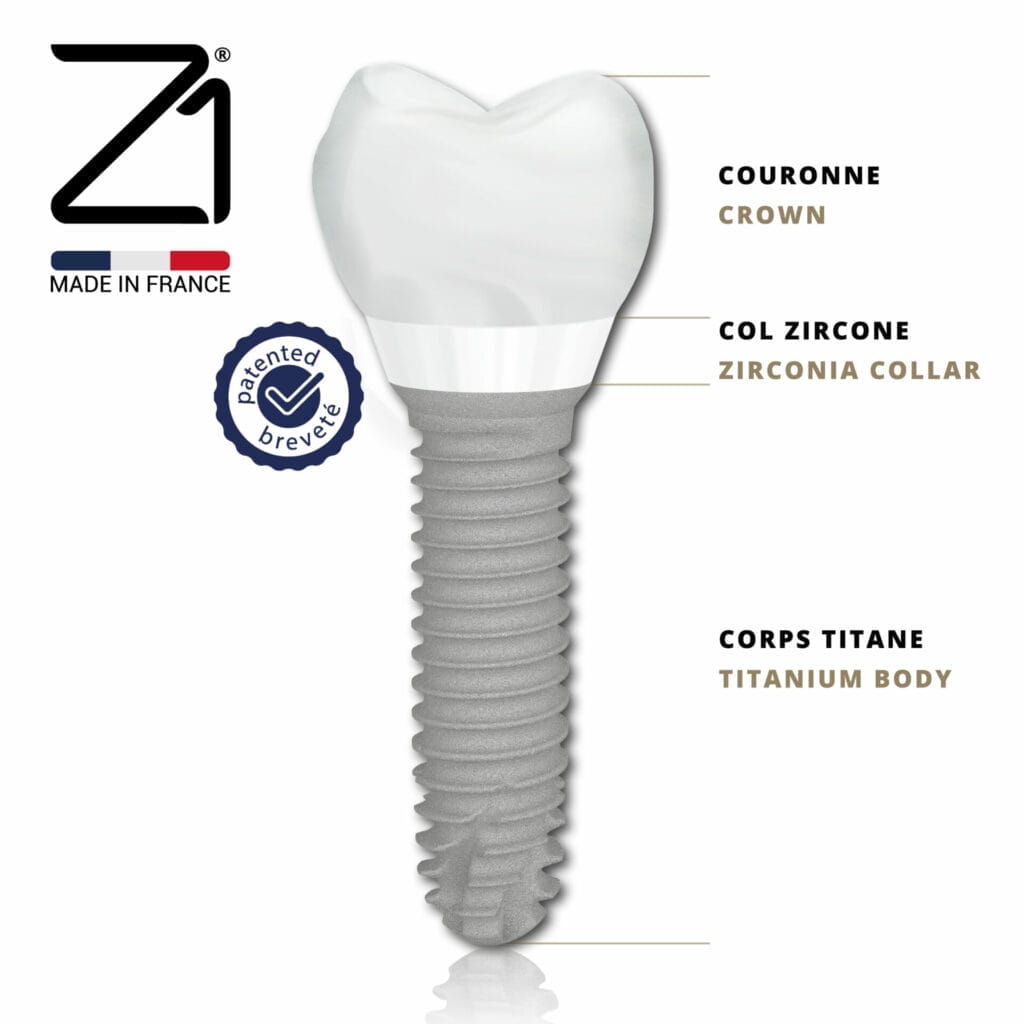
Periodontal stability
Prosthetic versatility
Balanced solution
How to preserve the biological width ?

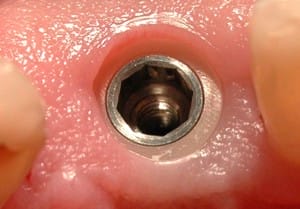
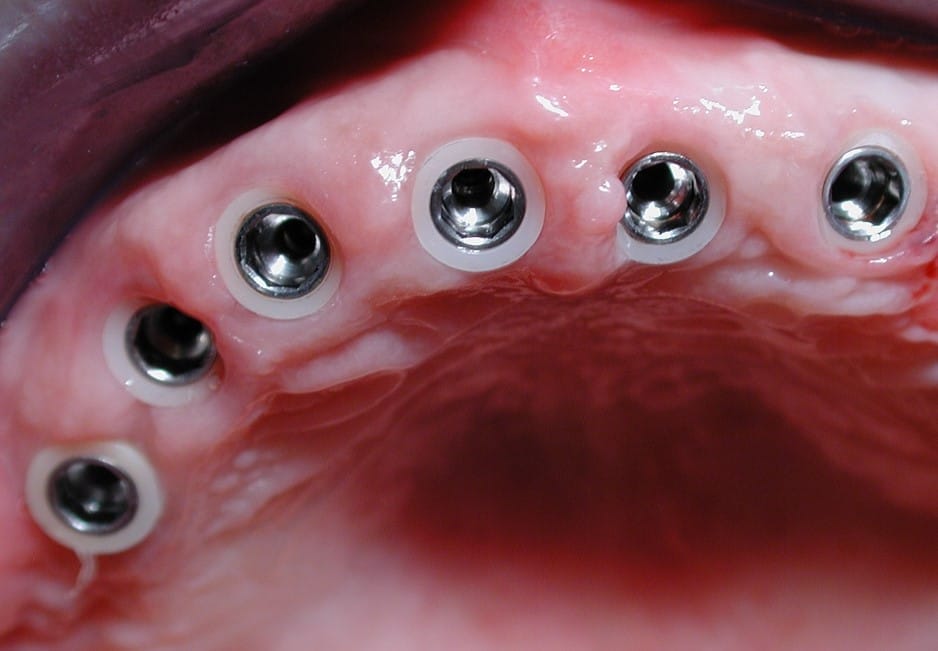
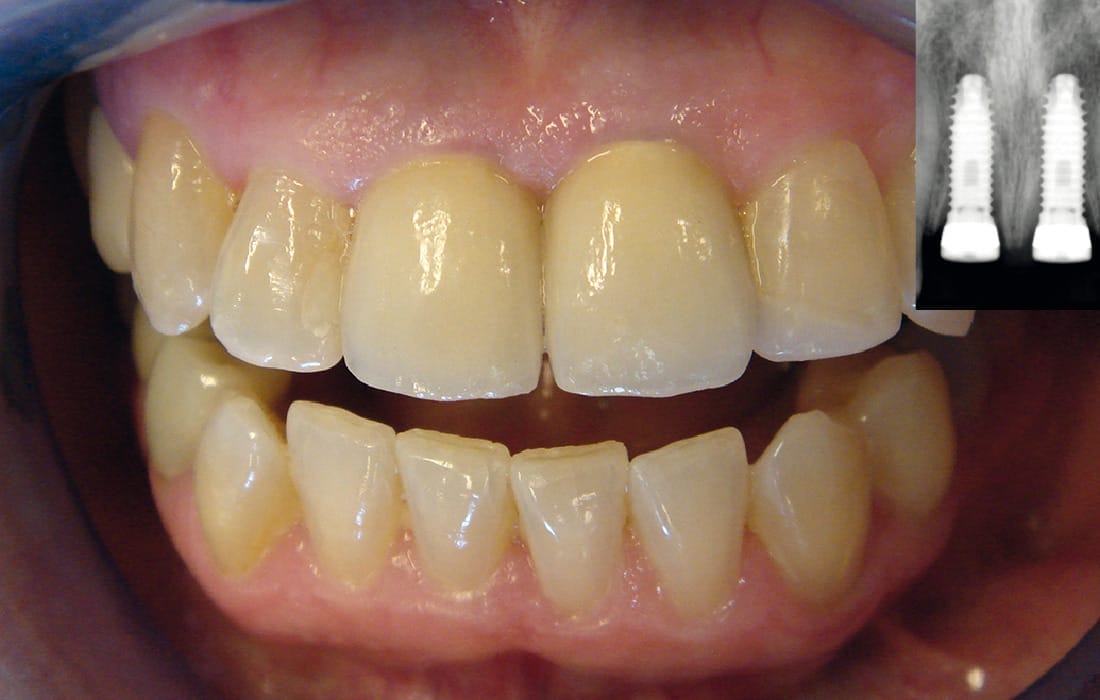
The Zirconia collar preserves the biological width by maintaining the attachment of connective fibers (horizontal and oblique) which support the tissues, inhibit invagination of the junctional epithelium and prevent gingival recession.
The periodontal health thus preserved reflects the tight seal of the tissues around the implant :
Prevents peri-implantitis
Decreases chronic inflammation
Reduces bacterial infiltration
Did you know?
The patented Z1 implant is available in two zirconia collar heights, depending on the gingival thickness of the implant site. Preserving the biological space will make your prosthetic restorations easier and improve the aesthetics of your smile.
For which clinical indications ?





Healing crown
Without a periodontal ligament, the mechanical forces applied to the teeth are transferred to the alveolar bone, process which is influenced by the shape and material of the prosthetic restoration. In order to control these occlusal stresses during the implant osseointegration timeline, and to stimulate the tissues, a healing crown milled from a resilient hybrid biomaterial is set just a few days after implant placement. Patient satisfaction is thus enhanced by delivering a temporary functional tooth, as a space maintainer, which adapts to the antagonist.
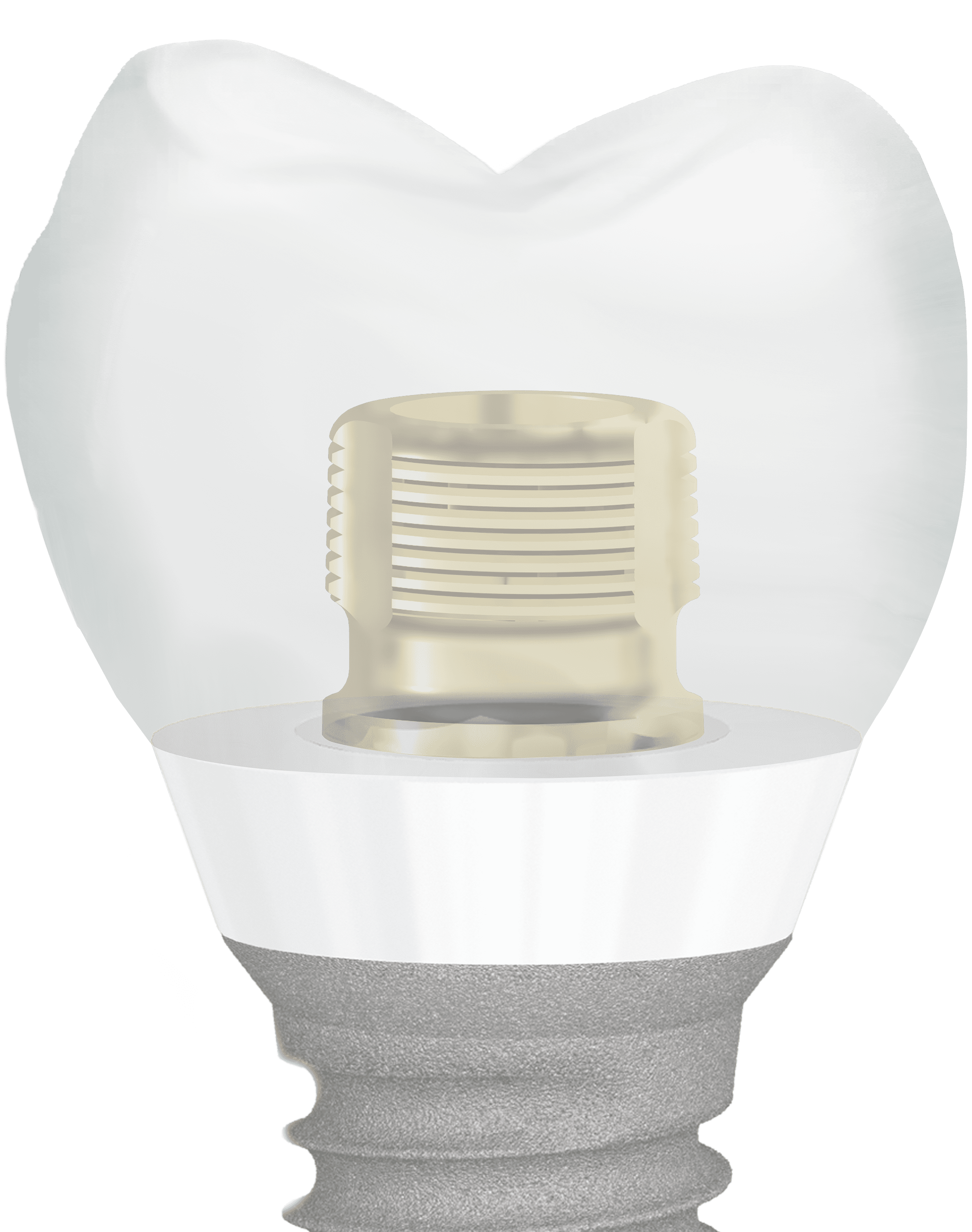
Healing crown
Without a periodontal ligament, the mechanical forces applied to the teeth are transferred to the alveolar bone, process which is influenced by the shape and material of the prosthetic restoration. In order to control these occlusal stresses during the implant osseointegration timeline, and to stimulate the tissues, a healing crown milled from a resilient hybrid biomaterial is set just a few days after implant placement. Patient satisfaction is thus enhanced by delivering a temporary functional tooth, as a space maintainer, which adapts to the antagonist.

The treatment pathway
A patient wants to regain his masticatory function and smile as quickly as possible.
Clinically proven
15-year in vivo clinical investigation on the safety and performance of Z1 implants.
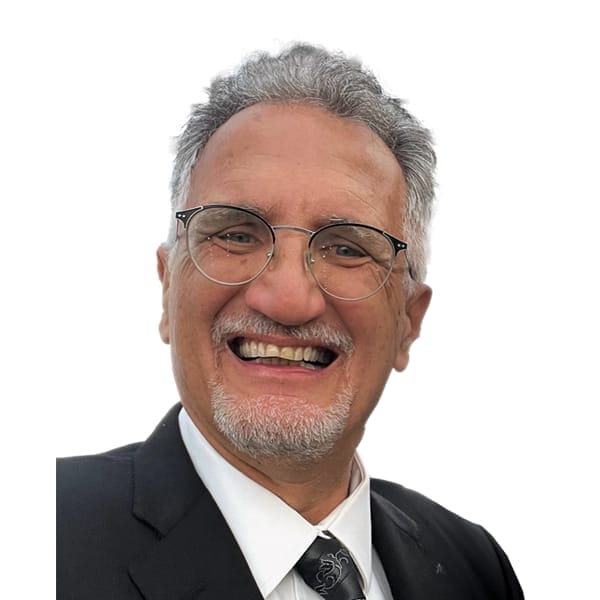
Dr. Laurent ALLOUCHE

Dr. Fabrice BAUDOT
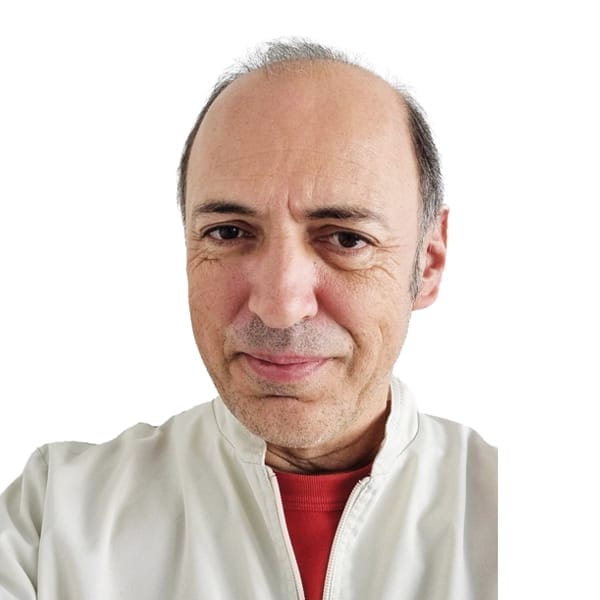
Dr. Jean-Olivier BOURGADE

Dr. Romain DAVID

Dr. Nadim HAGE

Dr. Philippe JOURDAN

Dr. Frédéric LABORDE

Dr. Simone MARCONCINI

Dr. Régis NEGRE

of Z1 implant fractured since 2012

of Z1 implants osseointegrated since 2012

